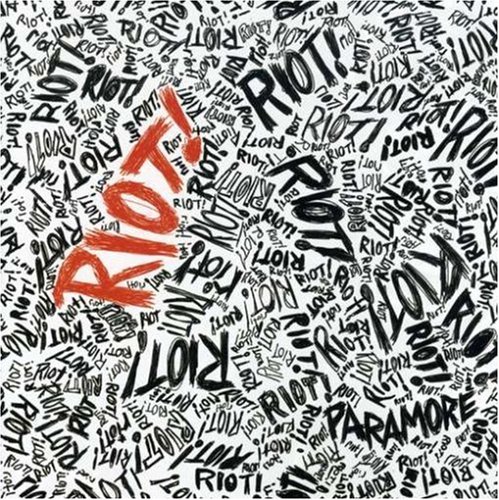Bukittinggi...
History
The city has its origins in five villages which served as the basis for a marketplace.The city was known as Fort de Kock during colonial times in reference to the Dutch outpost established here in 1825 during the Padri War. The fort was founded by Captain Bauer at the top of Jirek hill and later named after the then Lieutenant Governor-General of the Dutch East Indies, Hendrik Merkus de Kock. The first road connecting the region with the west coast was built between 1833 and 1841 via the Anai Gorge, easing troop movements, cutting the costs of transportation and providing an economic stimulus for the agricultural economy. In 1856 a teacher-training college (Kweekschool) was founded in the city, the first in Sumatra, as part of a policy to provide educational opportunities to the indigenous population. A rail line connecting the city with Payakumbuh and Padang was constructed between 1891 and 1894.
During the Japanese occupation of Indonesia in World War II, the city was the headquarters for the Japanese 25th Army, the force which occupied Sumatra. The headquarters was moved to the city in April 1943 from Singapore, and remained until the Japanese surrender in August 1945.During the Indonesian National Revolution, the city was the headquarters for the Emergency Government of the Republic of Indonesia (PDRI) from December 19, 1948 to July 13, 1949.
During the second 'Police Action' Dutch forces invaded and occupied the city on December 22, 1948, having earlier bombed it in preparation. The city was surrendered to Republican officials in December 1949 after the Dutch government recognized Indonesian sovereignty.The city was officially renamed Bukittinggi in 1949, replacing its colonial name. From 1950 until 1957, Bukittinggi was the capital city of a province called Central Sumatra, which encompassed West Sumatra, Riau and Jambi. In February 1958, during a revolt in Sumatra against the Indonesian government, rebels proclaimed the Revolutionary Government of the Republic of Indonesia (PRRI) in Bukittinggi. The Indonesian government had recaptured the town by May the same year.A group of Muslim men had planned to bomb a cafe in the city frequented by foreign tourists in October 2007, but the plot was aborted due to the risk of killing Muslim individuals in the vicinity. Since 2008 the city administration has banned Valentine's Day and New Year's celebrations as they consider them not in line with Minangkabau traditions or Islam, and can lead to "immoral acts" such as young couples hugging, kissing and not to mention fornicating.
Transportation
Bukittinggi is at a strategic position, connected with the several other cities include the cities that are outside West Sumatera such as : Pekanbaru ( Riau Province ) and Medan ( North Sumatera Province ) and a town which past traversed by Trans Central Sumatera. Aua Kuniang Terminal is the main terminal freight ground transportation in this city. Meanwhile, for inner-city transportation, Bukittinggi employs a public transportation system known as Mersi (Merapi Singgalang) and IKABE that connect locations within the city. The city also still preserves the traditional horse-kart widely known in area as Bendi, altough the used is limited and more popular to be used as vehicle for tourist, both domestic and foreign.
Public Place
one of the place in Bukittinggi that unforgettable to me is Limpapeh's Bridge,, let me tell you a little bit about Limpapeh's Bridge. . .
Limpapeh Bridge is a suspension bridge crossing over Jl.Ahmad Yani, Bukittinggi, a region connecting Fort de Kock and Parks Wildlife and Cultural Kinantan. Limpapeh bridge made 16 years ago is supported by the adjoining concrete-roofed building typical gonjong Minangkabau, and by four steel cables where bergelantungnya steel wires that hold the bridge.
Gonjong roofed concrete building in the middle of the bridge Limpapeh penetrated by Jl. Ahmad Yani. On the left is the area of Fort de Kock, and on his right is the Wildlife Park and Cultural Kinantan. Visitors can enter from either the left or right Limpapeh Bridge, with only one paying.
Limpapeh which has a stretch of bridge 90 meters long and 3.8 meters wide, with steel wires holding the bridge rod, as well as aluminum plates on the surface of the bridge that still looks new and neat. Walking through Limpapeh Bridge is very convenient
Sianok canyon is a canyon that is in the town of Bukittinggi, with beautiful scenery and beautiful. Around this area there are also holes japanese are very long and tortuous. These japan hole has its own history because this hole in the wake of the Japanese colonial period, Namu hole was built with hard work and sweat of Indonesia. :)



















